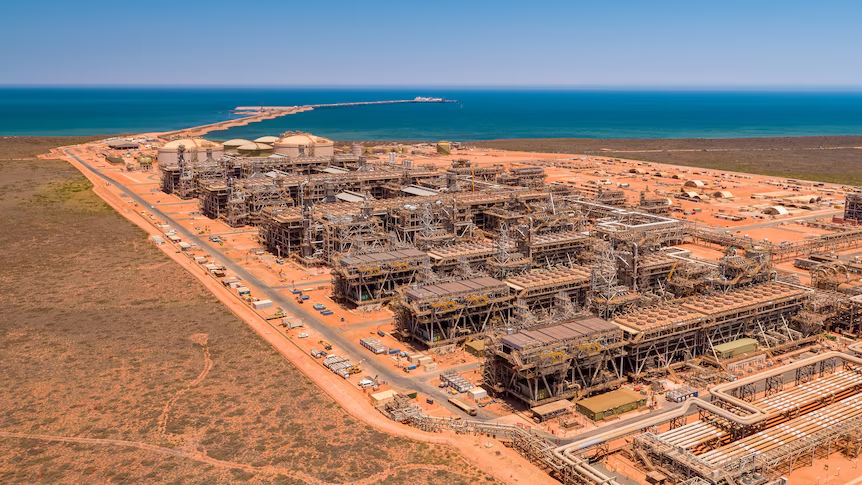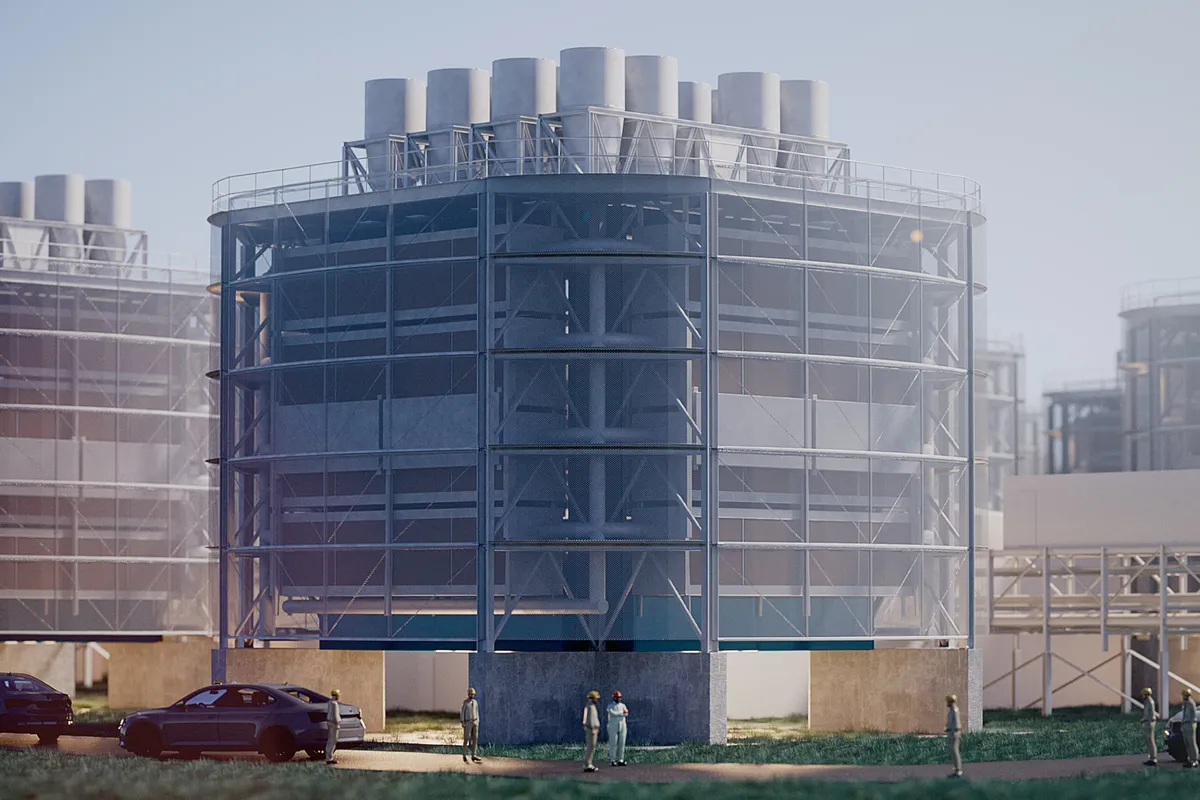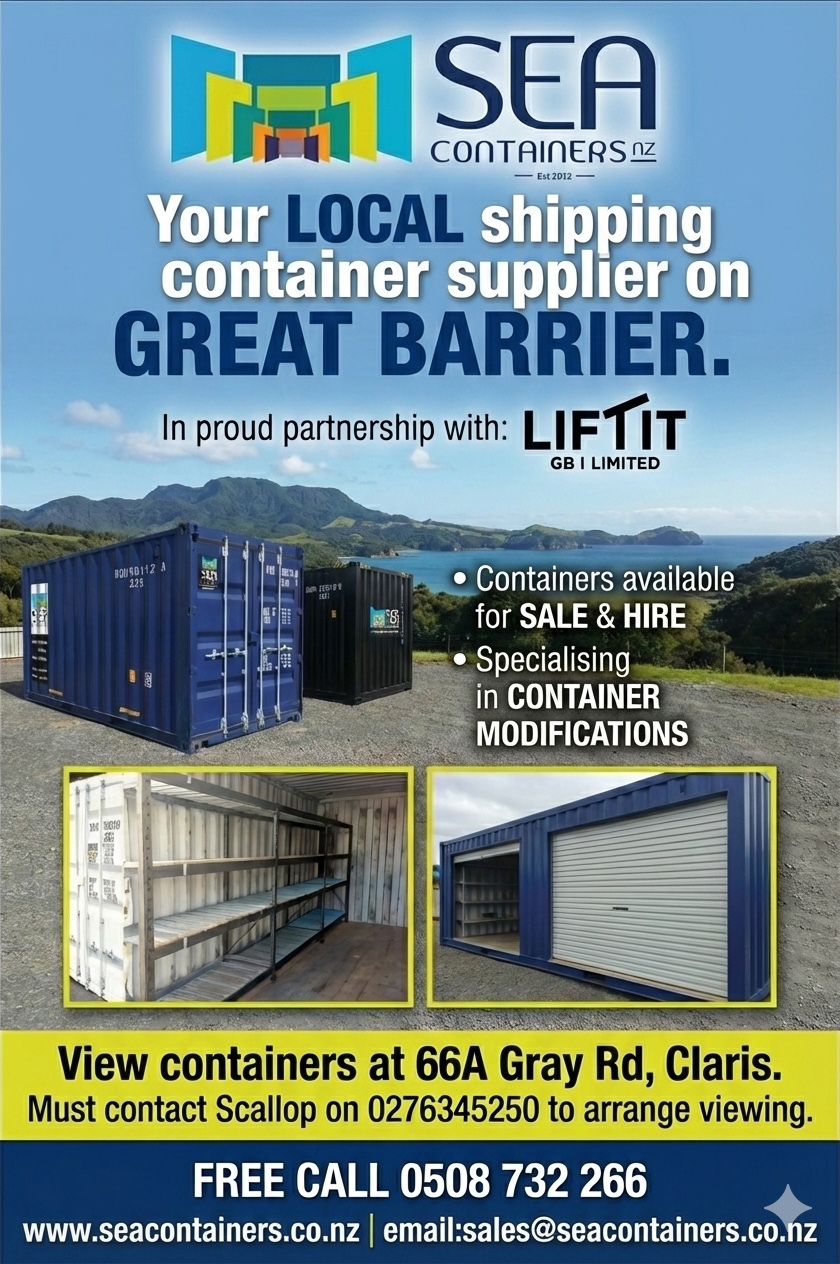A rendering of Climeworks’ Generation 3 direct air capture plant, critics say it’s far from being a definitive solution to climate change. Photo / Climeworks
A company claiming it will make carbon capture viable is expanding to Australia. Climeworks, a pioneer in carbon capture technology, is rolling out its Generation 3 plant, promising to halve energy use and costs.
The next-generation technology aims to address climate change by filtering CO2 from the air. If successful, it could make direct air capture (DAC) a more viable solution for reducing atmospheric carbon pollution. Currently, DAC is too expensive and new to significantly impact emissions. However, it has garnered substantial investment from big brands and the Biden administration.
Globally, there are only a couple dozen DAC plants, collectively capturing about 0.01 million metric tons of CO2 per year. This is a tiny fraction compared to the 85 million metric tons needed annually by the decade’s end to meet Paris Agreement goals. Climeworks serves clients like Microsoft, Stripe, Shopify, BCG, and JPMorgan Chase, but even Microsoft’s emissions alone far exceed the current capture capacity.

Presently, DAC costs over $600 per ton of CO2, largely due to energy consumption. Climeworks aims to reduce this to $250–350 per ton by 2030, though permanent CO2 sequestration adds to these costs. The industry’s target is around $100 per ton to make DAC widely affordable.
Climeworks’ older DAC plants use shipping container-sized modules with fans that capture CO2 on filters, which are then heated to release the gas for storage. The new Generation 3 plants enhance efficiency by increasing surface contact and doubling CO2 capture with cube-shaped modules.
After five years of testing in Switzerland, Climeworks plans to deploy the technology in the US also, starting with Louisiana, as part of a $3.5 billion U.S. government program. The company also has projects in Norway, Kenya, Canada, and Iceland.
Australia has one commercial carbon capture and storage (CCS) plant, the Gorgon Gas Plant, which is located on Barrow Island off the coast of Western Australia and managed by Chevron Australia, but it’s been panned for running at one third capacity, with a myriad of technological issues.







